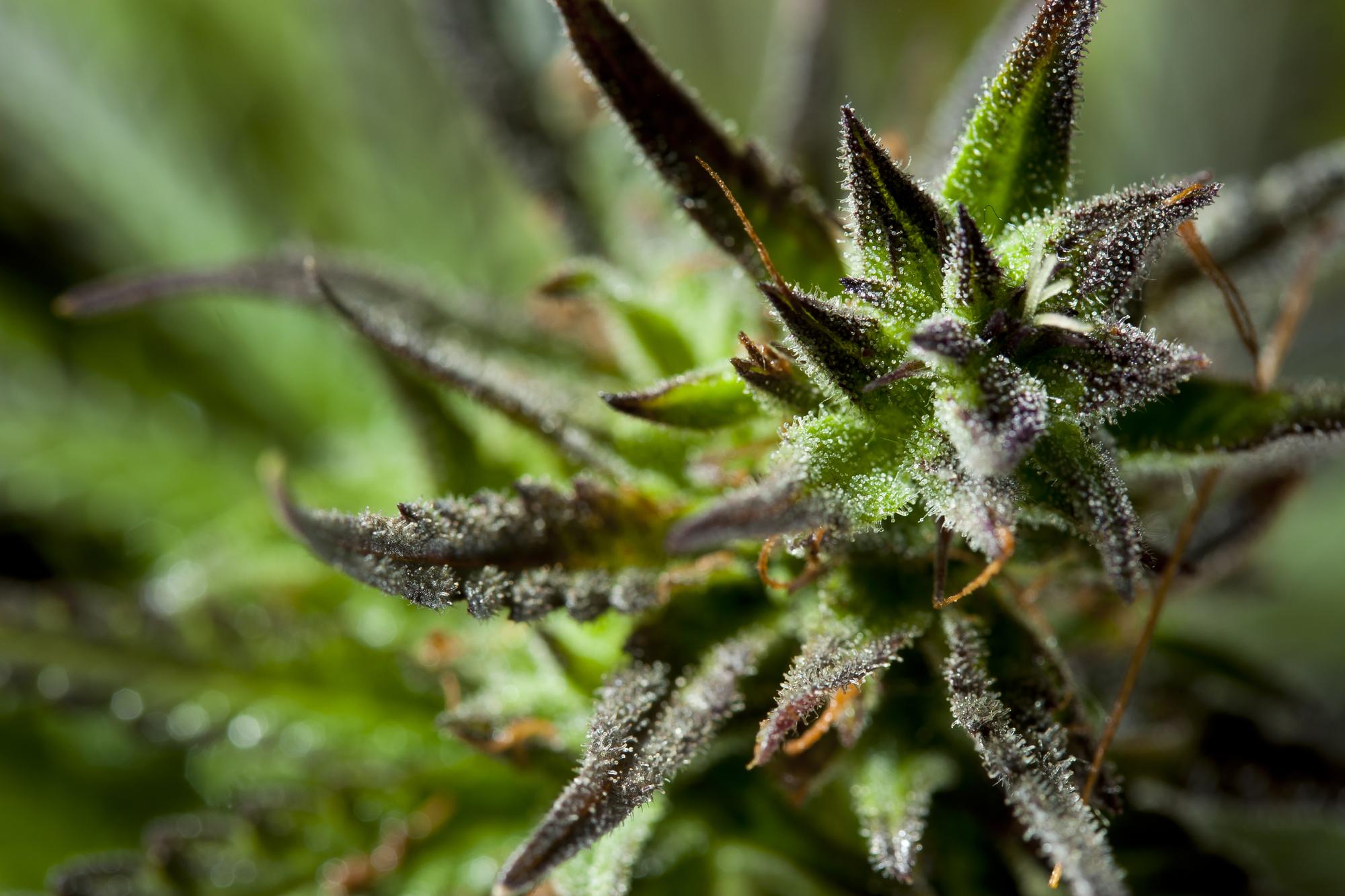When shopping at a dispensary, customers often browse flower jars or pre-roll packs with labels that seem full of scientific codes and numbers. While flashy strain names and high THC percentages grab attention, the real insight into a cannabis product’s quality lies in its lab data. Understanding this information is key to making informed, safe, and enjoyable purchases.
What Is Cannabis Lab Data?
Cannabis lab data refers to a detailed report from a certified laboratory that tests cannabis products for potency, purity, and safety. These reports are required in regulated markets and help ensure consumers know exactly what they’re putting into their bodies. Most states, including California, Colorado, and Nevada, mandate testing through licensed third-party labs.
The main categories in a lab report typically include:
- Cannabinoid profile
- Terpene profile
- Contaminant screenings (for pesticides, mold, heavy metals, etc.)
- Moisture content and microbiological safety
These reports not only validate a product’s strength but also reveal its therapeutic potential and safety.
How to Read Cannabis Lab Results
1. Cannabinoid Profile
This section displays the percentages of various cannabinoids. The big players are:
- THC (Δ9-tetrahydrocannabinol) – The main psychoactive compound responsible for the “high.”
- CBD (cannabidiol) – A non-intoxicating compound known for anti-inflammatory and calming effects.
- CBG, CBN, THCV, etc. – Minor cannabinoids that contribute to nuanced effects.
For example, a flower labeled as having “THC: 24%” means that in every gram, 240mg is THC. High THC may be attractive to seasoned consumers, but a balanced profile (e.g., 15% THC with 5% CBD) can offer a smoother, more functional experience for many.
2. Terpene Profile
Terpenes are aromatic compounds that influence both the flavor and effect of a strain. Common terpenes include:
- Myrcene – Sedating, earthy, found in many indica strains.
- Limonene – Uplifting, citrusy, often present in sativa-leaning strains.
- Caryophyllene – Peppery, anti-inflammatory, can interact with cannabinoid receptors.
Understanding the terpene content helps predict how a strain will make you feel, beyond just THC numbers. For example, a “high-THC” strain rich in myrcene might still be very relaxing.
3. Contaminants & Safety Screening
This is arguably the most critical section for health-conscious shoppers. Labs check for:
- Pesticides and fungicides
- Heavy metals like arsenic or lead
- Mold and mildew
- Residual solvents in concentrates
A passing lab report will show “ND” or “none detected” for these harmful substances. Avoid products lacking this section or from dispensaries that can’t provide full lab results upon request.
Why Understanding Lab Reports Matters
- Personalizing Your Experience
Everyone reacts differently to cannabis. Some strains make one person giggly and another anxious. By looking at cannabinoids and terpenes, customers can tailor choices to match desired effects—whether that’s deep sleep, social energy, or pain relief. - Avoiding Adverse Reactions
Pesticides or mold can trigger allergic reactions or respiratory issues, especially in those with compromised immune systems. Lab data helps safeguard against contaminated products. - Spotting Quality Over Hype
A strain name or a sleek jar doesn’t guarantee quality. Lab data is objective proof of what’s inside. It also ensures you’re not overpaying for “top shelf” flower that doesn’t deliver. - Staying Informed in a Growing Industry
As the cannabis industry matures, educated consumers will lead the charge in demanding transparency and consistency. Brands that regularly publish full lab results earn greater trust and loyalty.
In Summary
For the everyday shopper, reading cannabis lab data may seem intimidating at first—but it’s a valuable habit. With a bit of guidance and practice, it becomes second nature. Understanding what you’re consuming ensures a safer, more enjoyable, and personally tailored cannabis experience.
Next time you’re at the dispensary, don’t just go for the loudest strain name or highest THC percentage. Ask for the lab results, check the cannabinoid and terpene profiles, and take control of your cannabis journey.
Read More: High THC vs. Rich Terpene Profile: What Do Consumers Actually Prefer?

